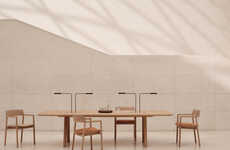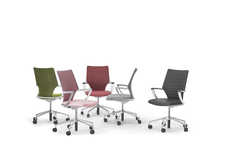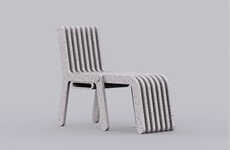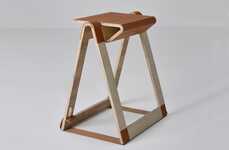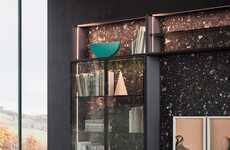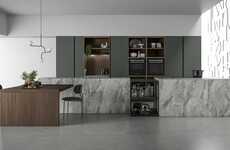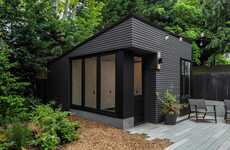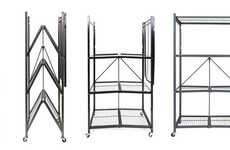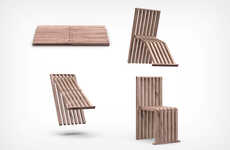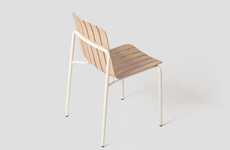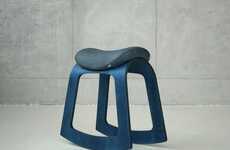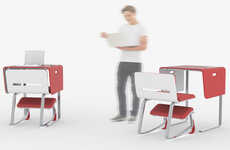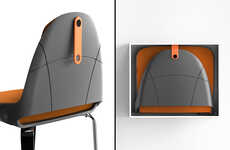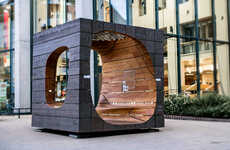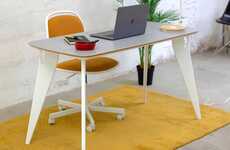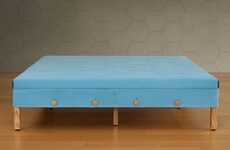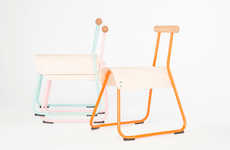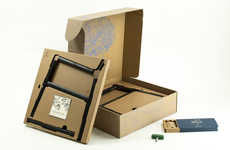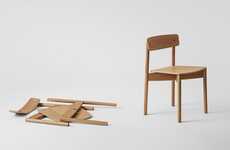



Furniture brands promise zero or reduced-carbon production
Trend - Furniture brands are prioritizing carbon-neutral production as they look to reduce their environmental impact and market themselves as being friendly to the envrionment, as demand for eco-conscious brands grows.
Insight - As eco-consciousness grows among consumers, more are looking for ways they can change their lifestyles and purchase habits in order to reduce their impact. For some, micro changes are the most realistic due to cost-restrictions. Those who can afford larger investments are making more macro lifestyle changes in order to adjust.
Insight - As eco-consciousness grows among consumers, more are looking for ways they can change their lifestyles and purchase habits in order to reduce their impact. For some, micro changes are the most realistic due to cost-restrictions. Those who can afford larger investments are making more macro lifestyle changes in order to adjust.
Workshop Question - How is your brand prioritizing environmental consciousness in an authentic way?
Trend Themes
1. Carbon-neutral and Zero-carbon Production - As the trend for eco-conscious brands grows, furniture brands are focusing on reducing their environmental impact through carbon-neutral and zero-carbon production.
2. Upcycled Furniture Made From Recycled Materials - Designers are creating eco-friendly furniture pieces by upcycling discarded materials while diverting them from landfills, creating a new life-cycle for the products.
3. Sustainable Flat-pack Furniture - Furniture makers are embracing flat-pack technology and sustainable design principles to reduce shipping constraints and carbon emissions, making it easier for consumers in restricted spaces to receive and assemble furniture.
Industry Implications
1. Furniture Design - Furniture designers can embrace carbon-neutrality or zero-carbon production techniques, use recycled materials, and eco-friendly design principles to create a range of sustainable furniture pieces for the eco-conscious segment.
2. Green Architecture - Sustainability can be achieved in green architecture by incorporating furniture made from recycled materials in their designs, therefore contributing to sustainable living patterns.
3. Sustainable Logistics - Sustainable flat-pack furniture designs that require no tools to assemble can ease shipping constraints, reduce carbon emissions, and save transportation costs, making sustainable logistics more attractive to the end consumer.
8 Featured, 70 Examples:
238,001 Total Clicks
Date Range:
Jun 21 — Apr 23
Trending:
V. Hot
Consumer Insight Topics:

